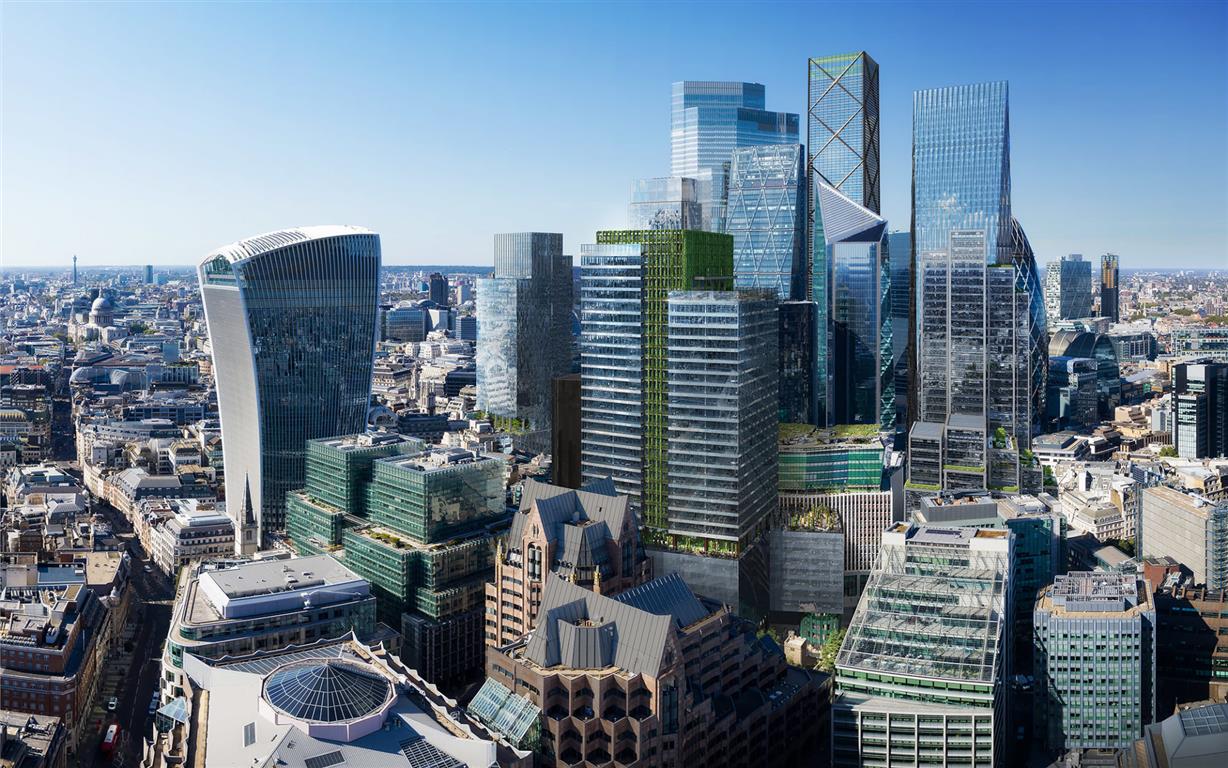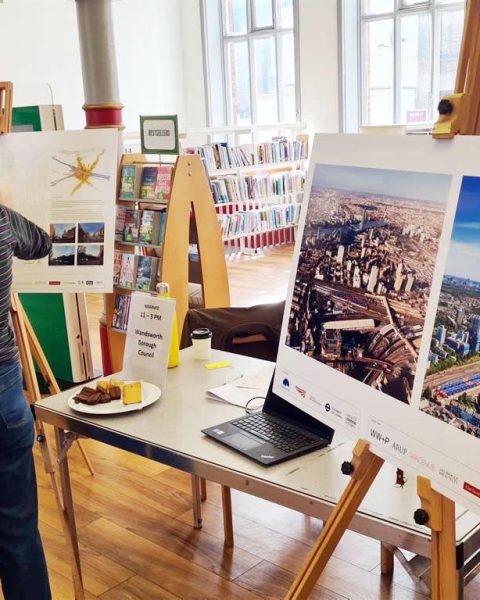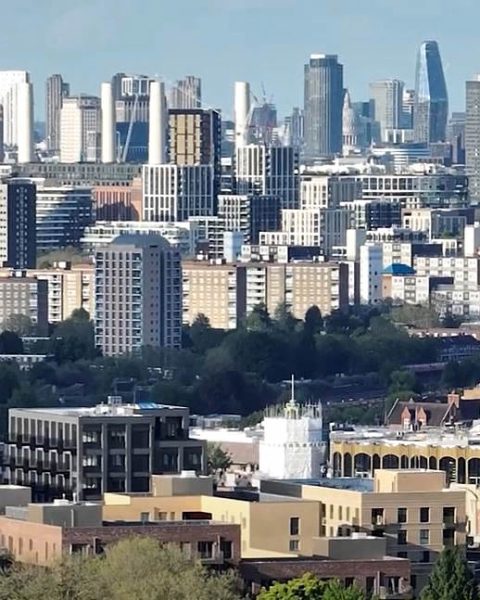With the environment now at the forefront of people’s concerns (of course alongside the cost of living and the housing crisis), being an eco-friendly building has become a necessary and powerful justification.
Especially over the last decade, BREEAM has been the acronym giving the green light to buildings. It’s a methodology that rates buildings on how eco-friendly they are, from energy use to materials and waste. Nowadays, all skyscrapers aim to achieve an “excellent” BREEAM rating, which serves as the gold standard for sustainable construction. This means that the building is a top performer in terms of sustainability and excels in various environmental aspects, setting a high bar for eco-friendly construction.
The think tank New London Architecture (NLA) conducts a yearly study known as the “London Tall Building Survey“. In 2014 they revealed that a minimum of 236 buildings exceeding 20 stories were already planned, in various stages such as under construction, approved, or pending approval within the capital city. By 2022, NLA counted 583 tall buildings in the planning pipeline, with 341 currently having planning permission and awaiting construction, and a further 71 already approved at the Planning Committee.
- Read our article: Skyscrapers in London: is it time to throw in the towel and admit the battle is lost?
However, in the latest publication from 2023, a change is evident from the title. It is now called “London Tall Building Survey: Sustainable Skylines.”
Peter Murray OBE, curator-in-chief of NLA, explained that shift in his foreword to the report:
“This year’s survey is different to previous ones where the headline has been the size of the pipeline and responds not just to the changes in the London Plan but also to policies and attitudes around sustainability. Today the first question about a tall building proposal tends not to be ‘How high is it?’ but ‘How green is it?’”
For instance, the proposed 50 Fenchurch Street by Eric Parry claims to be a pioneer among a new breed of buildings incorporating an integrated urban greening strategy. How it will work to maintain the plants and the associated costs remains to be seen over more than just a few years. Consider the number of so-called green roofs that have turned into patches of yellow straw after a few years. The revised Trellis (real name 1 Undershaft) also promises to be an “exemplar highly efficient carbon neutral building for the future“, with changes including making the building all-electric, improving its energy efficiency, and using low-carbon construction materials.
However, switching from a compact gasoline car to a large SUV will significantly increase your carbon footprint. The same applies to buildings. Scratch beneath the shiny façade, and you might find a different story – one of greenwashing, masked by impressive technical achievements.
While BREEAM certifications aim to evaluate a building’s sustainability based on various criteria, they often predominantly focus on the operational phase of a structure. Factors like energy efficiency, waste management, and indoor environmental quality carry significant weight in determining a high BREEAM score. However, this certification tends to overlook the substantial environmental toll of constructing towering edifices.
The sheer volume of concrete, steel, and glass used in their construction equates to a colossal amount of “embodied carbon” (the greenhouse gases emitted during extraction), production, and transportation of these materials. Yet, these aspects are frequently relegated or inadequately addressed in the BREEAM assessment.
Ultimately, the very nature of skyscrapers raises questions. They require specific technology and are subject to long-term issues with their structures (remember the story of the “Walkie Scorchie” where millions were spent to fix it), not to mention their impact on urban microclimates and potential energy consumption in neighbouring areas.
In the long term, the new schemes proposed by developers are, at the very least, a step in the right direction. However, in reality, they represent isolated instances of technological prowess within unsustainable systems.

















